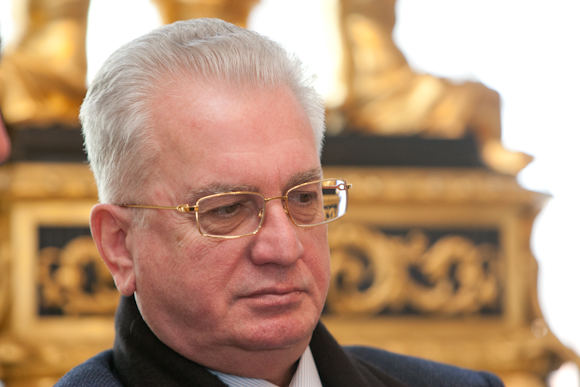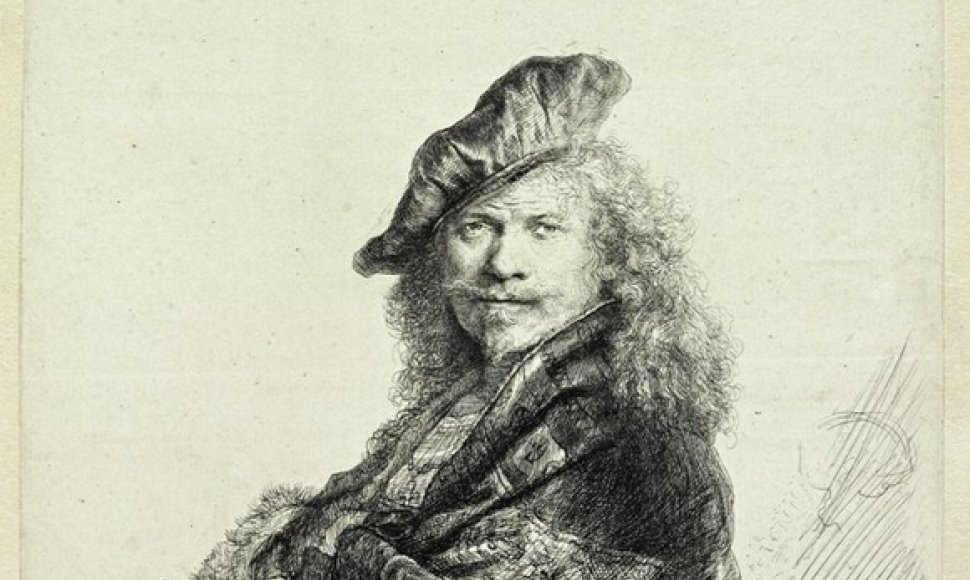“As far as anyone remembers, this is the first time that the Hermitage has brought an exposition of such scale to Lithuania,” Minister of Culture Arūnas Gelūnas said while inspecting the prints.
He admits that, as a former graphic artist, he particularly welcomes the show. “I've known these works via copies for years, so I'd love to spend some time alone with my favourite works.”
The Hermitage ran the exposition “Portraits of Artists in Western European Engraving of the 16th–18th Centuries” in 2009. The show was a huge success.
“Three years ago, the Hermitage Museum put together the exposition that reveals the mystique of portrait of an artist – in some works, human figure is relayed to the background, foregrounding instead various symbols and allegories,” Mikhail Pyotrovsky, director of the Hermitage Museum, said during the opening in Vilnius. “The art of engraving is becoming increasingly popular because it is comparable to photography. One notes, therefore, that engravings attract attention of younger people and those interested in photography, not painting.”
Nijolė Masiulytė, a long-time resident of St. Petersburg, was the one who picked the portraits to be exhibited in eight rooms of Vilnius Picture Gallery.
“The Hermitage has one of the largest collections of Western European engraving in the world. However, I thought it would be most interesting to show portraits of artists,” Masiulionytė says.
In making the selection, she tried to ensure that these are not only portraits of well-known artists, but also that the artistic quality of prints is first-rate.
“Fecit ad vivum. Portraits of Artists in Western European Engraving of the 16th–18th Centuries” runs in Vilnius Picture Gallery, 4 Didžioji Str. Vilnius, until 10 June.
 |
| Juliaus Kalinsko/„15 minučių“ nuotr./Mikhail Pyotrovsky |


















